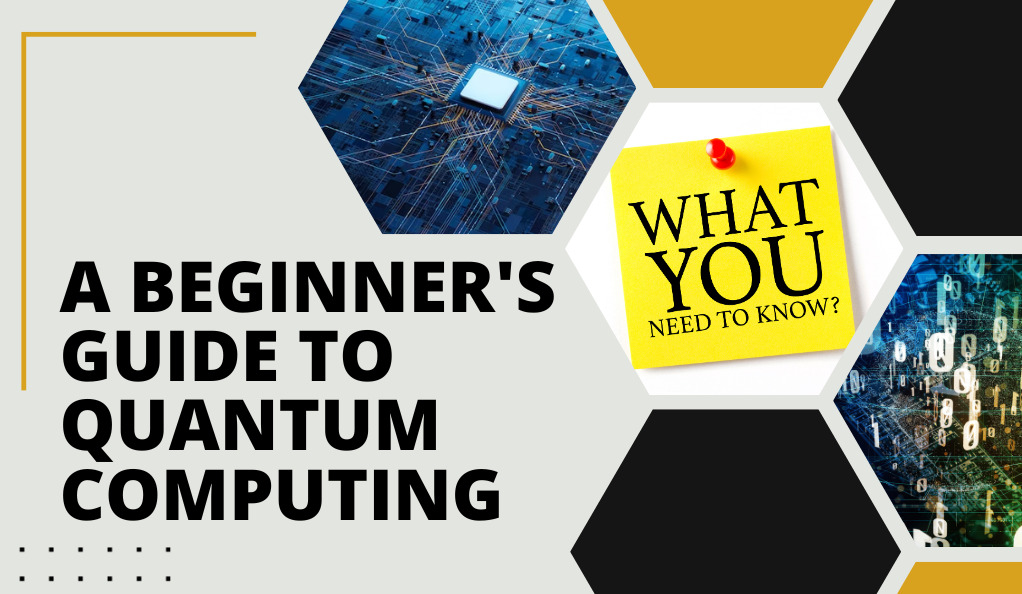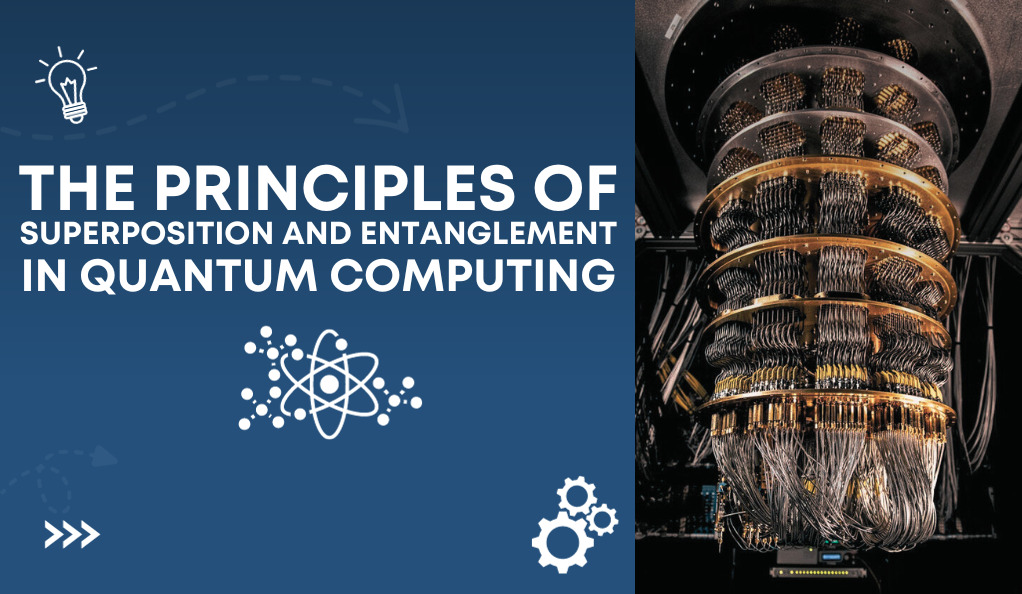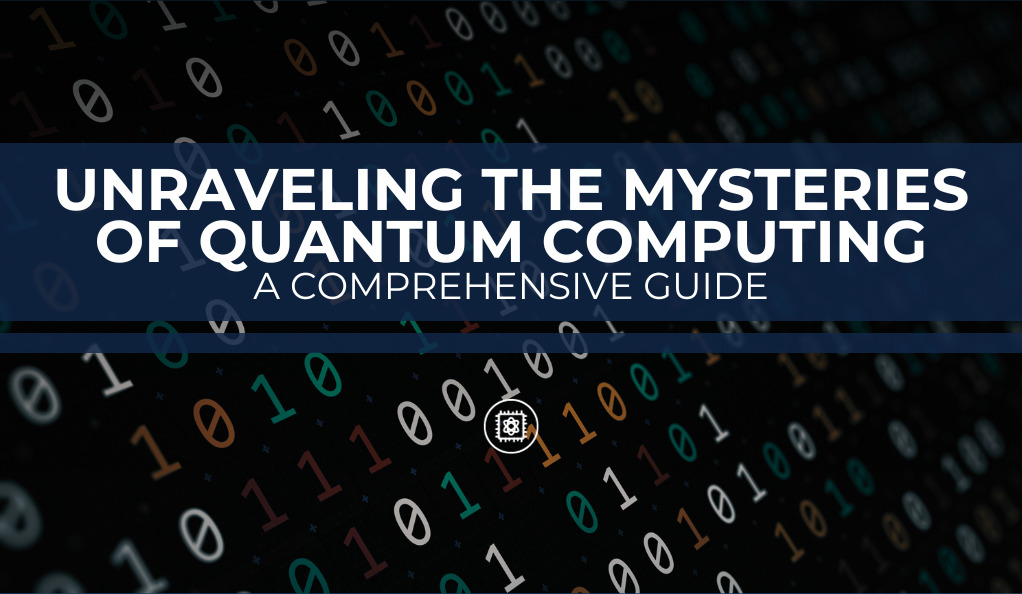In today’s digital age, computers have become an integral part of our daily lives, driving everything from our personal devices to global financial systems. But as powerful as they are, there’s a new player on the horizon that promises to revolutionize the very fabric of computing: the quantum computer.
What is Quantum Computing?
At its core, quantum computing is a branch of computer science that harnesses the principles of quantum mechanics, a fundamental theory in physics that describes the nature and behavior of matter and energy on the atomic and subatomic levels. Unlike classical computers, which use bits (0s and 1s) to process information, quantum computers use quantum bits, or qubits.
| Parameter | Classical Bit | Qubit |
|---|---|---|
| States | 0 or 1 | 0, 1, or both (due to superposition) |
| Behavior | Deterministic | Probabilistic |
| Operations | Logical operations (AND, OR, NOT) | Quantum operations (quantum gates) |
A classical bit is binary, meaning it can be in one of two states: 0 or 1. A qubit, on the other hand, can be in a state representing 0, a state representing 1, or any quantum superposition of these states. This means it can represent numerous possible combinations of 1 and 0 at the same time. This ability to be in multiple states simultaneously is called superposition.
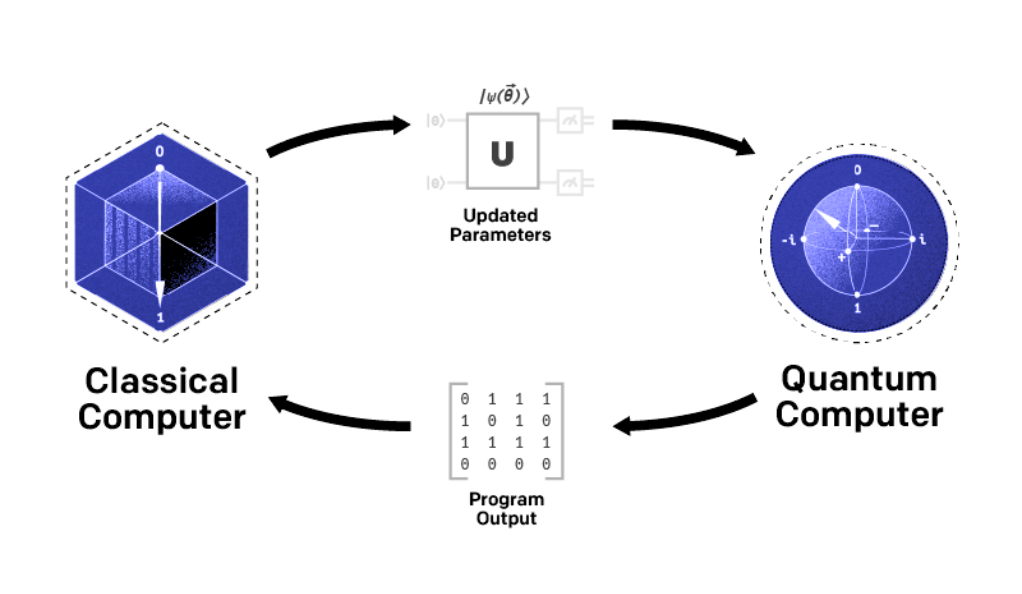
Why is Quantum Computing Important?
The power of quantum computing lies in its ability to handle and compute information that would be much too complex for a classical computer. Due to the unique properties of qubits, quantum computers can process a high amount of data and perform computations at much faster speeds than current classical computers. This has profound implications for fields like cryptography, medicine, finance, and beyond.
In the realm of cryptography, for instance, quantum computers have the potential to break many of the systems in place today, leading to a rush in developing new quantum-safe cryptographic methods. In medicine, they could help in the discovery of new drugs and analyzing complex DNA structures.
The Quantum World: Particles and Waves
Venturing into the realm of quantum computing requires a basic understanding of the quantum world itself. This world, governed by the principles of quantum mechanics, is vastly different from the classical physics we encounter in our everyday lives.
Wave-Particle Duality
One of the most intriguing aspects of quantum mechanics is the concept of wave-particle duality. Every particle, be it a photon of light or an electron, exhibits characteristics of both particles and waves. This duality is best demonstrated by the famous double-slit experiment.
In this experiment, when particles like electrons are fired one by one through two slits, they don’t just pass through one slit or the other as classical particles would. Instead, they behave as waves, creating an interference pattern on the screen behind the slits. However, when we try to observe which slit the electron goes through, the interference pattern disappears, and they behave like classical particles again. This experiment highlights the fundamental quantum principle that the act of observation affects the observed.
Quantum Mechanics vs. Classical Physics
Classical physics, the rules that govern the macroscopic world, is deterministic. This means that if we know the current state of a system, we can predict its future state. Quantum mechanics, on the other hand, is inherently probabilistic. Even if we know everything there is to know about a quantum system, we can only predict the probability of finding it in a particular state.
This probabilistic nature is not due to any lack of knowledge but is a fundamental characteristic of the quantum world. It’s this inherent uncertainty that gives quantum computers their power but also makes them challenging to control and understand.
The Role of Quantum Superposition
As mentioned earlier, a qubit can exist in a superposition of states, representing both 0 and 1 simultaneously. This is a direct consequence of wave-particle duality. When a qubit is in superposition, it’s like a spinning coin, being in a state of both heads and tails until it lands. In the quantum world, the ‘landing’ or ‘measurement’ collapses the superposition into one of the possible outcomes, either 0 or 1 for a qubit.
Qubits: The Building Blocks of Quantum Computers
As we delve deeper into the world of quantum computing, it’s crucial to understand the fundamental unit that powers these machines: the qubit. Just as bits are the basic units of information in classical computers, qubits (quantum bits) serve a similar role in quantum computers, albeit with some unique and powerful properties.
What is a Qubit?
A qubit is the quantum analog of a classical bit. While a classical bit can be in one of two states (0 or 1), a qubit can exist in a linear combination of these states, thanks to the principle of superposition. This means a qubit can be in a state representing 0, a state representing 1, or both simultaneously.
The Magic of Superposition and Entanglement
Superposition: As previously mentioned, superposition allows qubits to exist in multiple states at once. This property enables quantum computers to process vast amounts of data simultaneously, giving them a potential edge over classical computers in specific tasks.
Entanglement: Another quintessential quantum phenomenon is entanglement. When qubits become entangled, the state of one qubit is dependent on the state of another, no matter the distance between them. This deep connection means that a change in the state of one qubit will instantaneously affect the state of the other. Entanglement is a resource that quantum algorithms exploit to achieve faster solutions to problems that are currently unsolvable by classical means.
Quantum Gates and Operations
Just as classical computers use logical gates (AND, OR, NOT) to perform operations on bits, quantum computers use quantum gates to perform operations on qubits. These gates manipulate qubits by changing their probabilities, phases, or entanglement properties. Some common quantum gates include the Pauli-X, Pauli-Y, Pauli-Z, and Hadamard gates.
Challenges with Qubits
While qubits offer immense computational advantages, they come with their set of challenges:
- Decoherence: Qubits are extremely sensitive to their environment. External factors like temperature or electromagnetic radiation can cause qubits to lose their quantum state, a phenomenon known as decoherence. This makes maintaining a qubit’s state for extended periods challenging.
- Error Rates: Due to their sensitive nature, qubits are prone to errors. Quantum error correction techniques are being developed to address this issue, but they require additional qubits, making the systems more complex.
Quantum Algorithms and Their Power
As we venture further into the realm of quantum computing, it becomes evident that the true potential of these machines lies in the algorithms they can execute. Quantum algorithms leverage the unique properties of qubits to solve problems faster or more efficiently than their classical counterparts.
Introduction to Quantum Algorithms
Quantum algorithms are a set of instructions designed specifically for quantum computers. They exploit quantum phenomena, such as superposition and entanglement, to process information in ways that classical algorithms cannot. The result? Solutions to problems that were once deemed computationally infeasible.
Notable Quantum Algorithms
Shor’s Algorithm: Perhaps one of the most famous quantum algorithms, Shor’s algorithm can factor large numbers exponentially faster than the best-known classical algorithms. This has significant implications for cryptography, as many encryption systems rely on the difficulty of factoring large numbers.
Grover’s Algorithm: This algorithm offers a quadratic speedup over classical algorithms for searching an unsorted database. While not as dramatic as Shor’s exponential speedup, Grover’s algorithm showcases the potential advantages of quantum computing in search problems.
Quantum Fourier Transform: A key component in many quantum algorithms, including Shor’s, the Quantum Fourier Transform allows for the analysis of quantum states, providing a speedup over its classical counterpart.
Potential Applications
The power of quantum algorithms isn’t just theoretical. They have practical applications that can revolutionize industries:
- Cryptography: As mentioned, Shor’s algorithm can break many of the encryption methods currently in use, pushing the field towards developing quantum-resistant cryptographic techniques.
- Drug Discovery: Quantum algorithms can simulate complex molecular and chemical reactions, paving the way for new drug discoveries and understanding diseases at a molecular level.
- Optimization Problems: From supply chain optimization to financial modeling, quantum algorithms can offer solutions to complex optimization problems that are currently beyond the reach of classical computers.
Quantum Computing vs. Cryptography
The intersection of quantum computing and cryptography is a hotbed of research and discussion. Cryptography, the art of secure communication, underpins much of our modern digital infrastructure. However, the rise of quantum computing poses both threats and opportunities for this field.
The Threat to Current Encryption
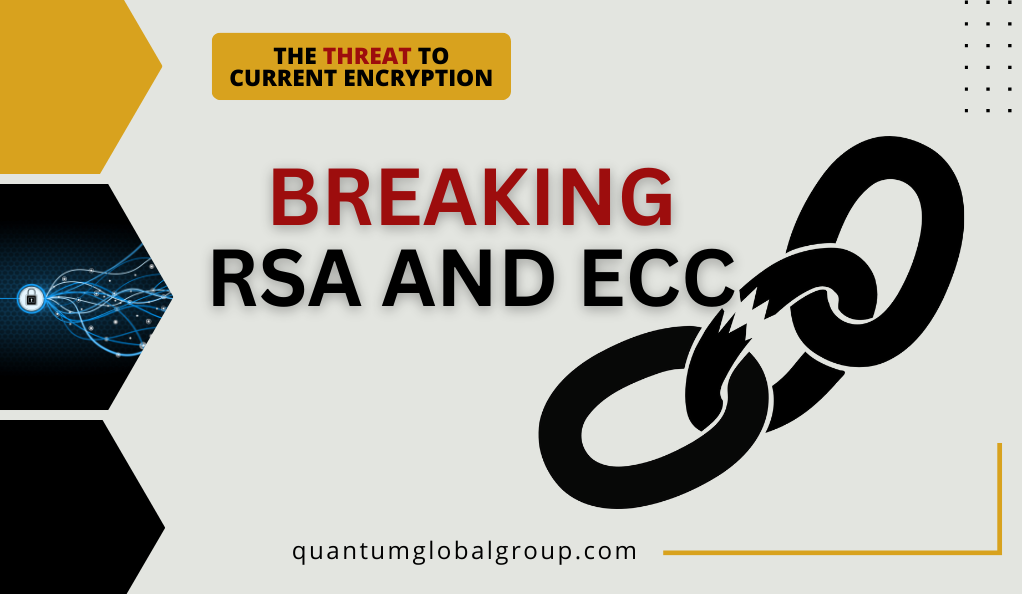
Breaking RSA and ECC: The most significant concern is that quantum computers, once sufficiently advanced, could break widely-used encryption methods. RSA (Rivest–Shamir–Adleman) and ECC (Elliptic Curve Cryptography) are two such methods that rely on the difficulty of factoring large numbers or solving the discrete logarithm problem. Shor’s algorithm, when run on a powerful enough quantum computer, can solve these problems exponentially faster than classical computers, rendering these encryption methods vulnerable.
Post-Quantum Cryptography
In anticipation of the quantum threat, researchers are working on developing new cryptographic methods that are resistant to quantum attacks. This field, known as post-quantum cryptography, seeks to create algorithms that remain secure even in the presence of a powerful quantum adversary.
Lattice-Based Cryptography: One promising area in post-quantum cryptography is lattice-based cryptography. It relies on the hardness of problems in lattice structures, which, as of current understanding, are not easily solvable by quantum algorithms.
Hash-Based Cryptography: Another approach is to use cryptographic methods based on hash functions, which are believed to be quantum-resistant.
Quantum Key Distribution (QKD)
Beyond just defending against quantum attacks, quantum mechanics can also be used to enhance security. Quantum Key Distribution (QKD) is a method that uses the principles of quantum mechanics to establish a secure communication channel. Any attempt to eavesdrop on a QKD-protected communication would disturb the quantum states being transmitted, alerting the communicating parties to the intrusion.
The Transition Period
While the full potential of quantum computers is still on the horizon, the cryptographic community is already preparing for a post-quantum world. Transitioning to new cryptographic standards is a massive undertaking, given the ubiquity of encryption in modern digital systems. This transition needs to be proactive, ensuring systems are secure before large-scale quantum computers become a reality.
Conclusion
As we stand on the precipice of the quantum revolution, it’s evident that this isn’t just another step in technological evolution but a paradigm shift that promises to redefine industries and challenge our understanding of the world. Quantum computing, blending science and philosophy, has the potential to address some of humanity’s most pressing challenges, from healthcare innovations to energy solutions. However, with its vast potential come significant societal and ethical implications, especially in areas like data privacy and security.
For professionals, continuous learning and adaptation are paramount, given the rapid developments in the field. As policymakers, educators, and industry leaders, proactive engagement, collaboration, and addressing the broader implications head-on will be crucial. Embracing the quantum era requires not just technical acumen but also a vision for a responsible and brighter future powered by quantum innovations.

